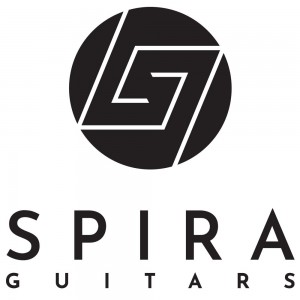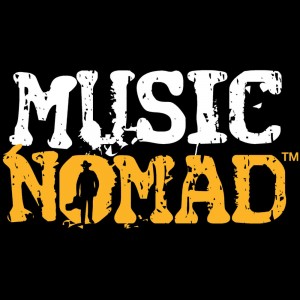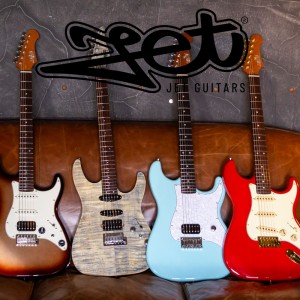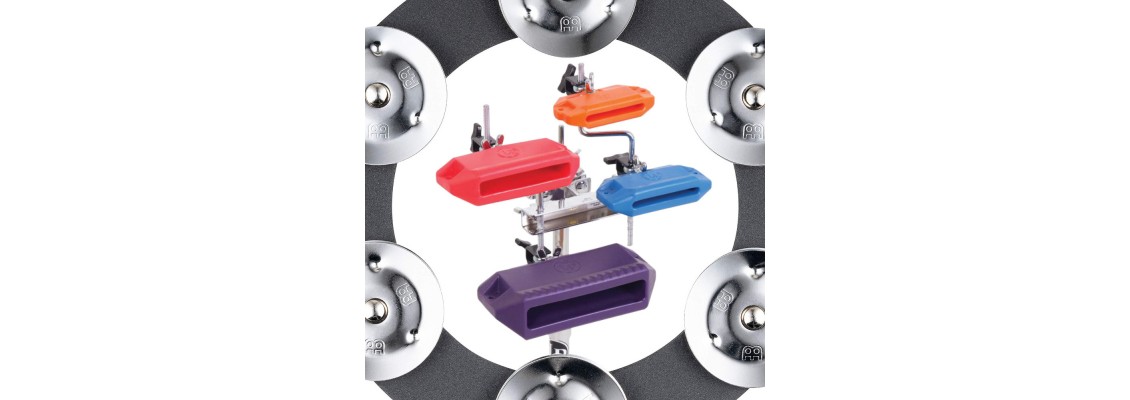
May Contain Percussive Additives
At the beginning we shall dispense with the more cowbell joke. No one needs more, everyone needs just the right amount, which is usually none, but sometimes, very rarely, just a little.
Except if you play Latin music. And maybe some N’Awlins grooves. And there’s that Zeppelin tune…..
Okay fine. I’ll let you away with it.
The drumset itself is an incredible place. A place of dynamics, textures and an inspirational variation of sounds and colours. From the wash and crash of cymbals to the gloriously meaty thud of the bass drum, there already is an impressive spectrum of sounds from which to choose, while we create. But every so often, as with any artist, a change of palette is called for, or perhaps a new colour is added to inspire. And we have options, oh so many options.
The Bells
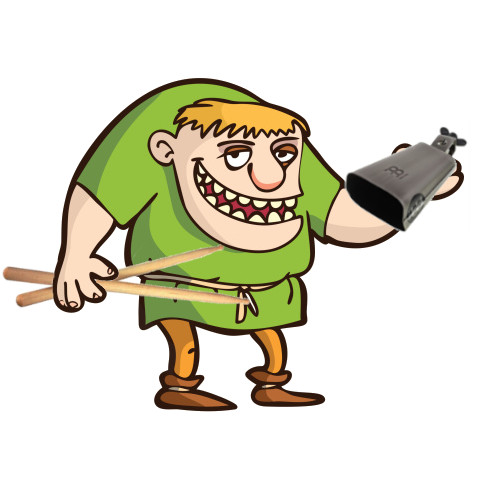
The bells! It’s all getting a bit Quasimodo, isn’t it…?
Anyway, let’s start with the bells, the cowbells mainly but there are others. The cowbell, much maligned (deservedly) is not one thing. Okay, that’s not exactly true. Cowbells certainly follow a relatively predetermined design, but there is a huge scope for sonic variation based on the exact shape, size and material from which the bells are made. If you want something simple, classic, then look no further than Meinl’s 5” and 8” Headliner bells. It looks like a cowbell, it certainly sounds like a cowbell, I’m guessing it’s a….. The 5” has a higher pitch and will perform admirably in Latin situations, while the size of the 8” bell lends itself to darker, rockier paths.
So you’ve been around a bit and you're comfortable in this bellscape. It’s time to turn to the Big Daddy of cowbells, LP Percussion and the cowbell that made quite a name for itself, the Black Beauty. Possibly piggybacking on the fame of a certain iconic snare drum, this bell has become an industry standard for rock and roll action and fat, swampy grooves. This is but the tip of a surprisingly groovy iceberg though. LP have been making cowbells since time immemorial (around 1960) and create some of the most widely used and expressive cowbells available. The Bongo Bell is a fat, heavy gauge steel beast, while the Timbale Bell is a brighter, more widely applicable number.
Too much too fast? Just need to test the waters, briefly, with little expense? Get a Stagg Rock Cowbell and see where it takes you.

Maybe we should just leave them be....
It’s not all about the bells though. What about the b(ol)locks?
When the Cowbells are too metallic (which, let’s face it, is often) and you want something softer, something a little more organic, then the jam block is the place to turn. Generally crafted from high density, practically indestructible yet aurally pleasing plastic, these little chaps are a great addition to any drummer’s toolkit and have the amazing ability to do everything a cowbell does, while not sounding like a cowbell. LP do a brilliant range of these in various colours and pitches. From the orange Piccolo block through the High blue to the Low pitched red block, there’s something to please almost all ears (except, obviously, for Old Man Clancy). They make a mighty Stealth block, which, I presume, is for grooving, sneakily, in the bushes. There’s even a Jam tamb, a mad hybrid of tambourine and block, useful if you can’t decide what you want.
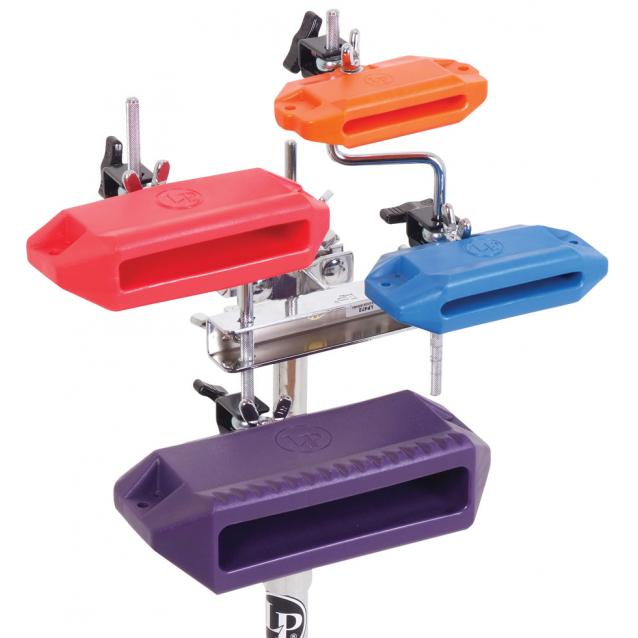
Splicketty splock goes the jammetty blocks
Tambourines you say? Yes indeed!
No longer the provenance of born again Christians, scout leaders and the clinically insane, tambourines have come to occupy a very pleasing sonic niche in the drumset world. It began with regular mounted tambourines, some mounted on the kick or flown off a stand like the LP Cyclops and the Meinl ABS Series, others attached to the hi hat rod like the Meinl Hi Hat Tambourines and the Rhythm Tech Hat Shake. These latter sort can be played with left foot, in time with the hats or, those with the appropriate striking surface, like the Toca Jingle Hit, can be played with a stick, adding yet further colour to your timekeeping.
But! It got all the more interesting when some enterprising soul realised that, hold on, maybe I can take the tambourine jingles off the tambourine, attach it to something flat so they don’t fly everywhere and presto; I can put this thing wherever I like. Meinl’s Ching Ring Series are an excellent example of this; a flat ring of hi-hat jingles that can be placed anywhere, hi-hats, cymbals, on drums, pets, absolutely anywhere. The possibilities for experimentation are, well, a little exciting. In a similar vein, check out Meinl’s Backbeat Tambourine, an oversized version designed for snare drums. Try it, and soon enough you’ll be playing the hippetty hop with all the happening fellows in town. Bravo.
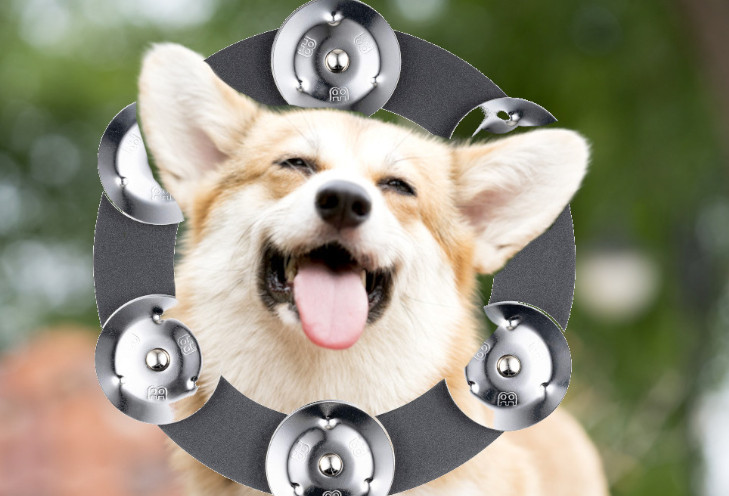
He looks okay with it.
More! There’s always more. Maybe this is why I don’t sleep…..
You’ve got a snare. Of course you do, it’s pretty pivotal. But look to your left. Does it feel like there’s some empty space? Does your left hand sometimes wander out into the void and wonder at its purpose? How about you pop a little snare out there? Maybe Pearl’s Modern Utility Series? There is absolutely nothing revolutionary about this but hot damn is it fun. You could get a little more off-piste and try out Meinl Pickup Cajon Snare or better yet, give the LP Trash Snare a whirl. This fairly unique conglomeration of madness, made out of a bin lid, is all kinds of fun and can be used as a side snare, timbale, shaker, ocean drum and all sorts of weird and wonderful things.
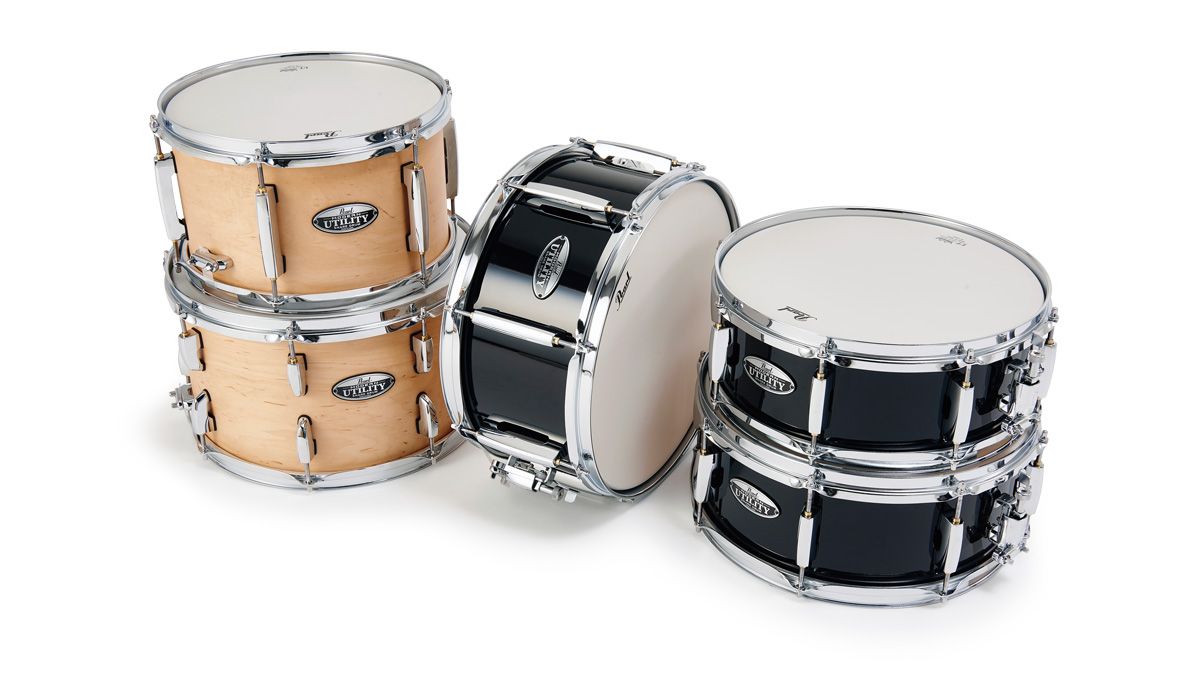
Pearl snares have been the go-to workhorse snare for Eons, for a very good reason.
And your cymbals! The ones you have sound great, but maybe you want to add some fun new textures without having to shell out for an expensive effects cymbal. Never fear, the answers are all around us. Meinl produce some Cymbal Tuners but, full disclosure, I’ve never tried these so I don’t really know how they work. I understand the principle, attach the magnets thus reducing vibration which will affect the sound, volume and sustain. Definitely sounds interesting and is relatively inexpensive so why not eh? Let’s all get them and report back. We can have a meeting, preferably over a nice glass of Port in a wood panelled drawing room beside a roaring fire.
Then there are the handy sizzle effects like The Big Fat Neck Tie or the classic Pro Mark Sizzler. You should definitely have one of these in your stick bag. The ability to add a rivet like effect to any one of your cymbals instantly is pretty wonderful.
An aside on broken cymbals. Use them. Use them in interesting ways. Use your broken splashes on snare drums and on other cymbals. Stack your broken cymbals for fast, choppy, angular sounds. Buy an angle grinder (Disclaimer: Do be careful, they go straight for bone if you look away) and cut it down to a smaller size or into funky shapes. Jump up and down on them and see what happens. Use a hammer! Experiment wildly (yet Safely). But use them. They still make sounds and they can be very interesting indeed.
These are but the standard ways we can change it up a little. There are many others and these are only limited by your willingness to, as mentioned above, experiment further. Almost everything makes a sound when struck and, while most of the sounds will likely not inspire greatness, you will occasionally happen across purest acoustic gold. Pipes, metal bowls, random pieces of scrap, springs and things (It’s almost always metal now that I think about it), all these things should be tested; as well as whatever else you can find. There’s a good reason that Stomp show was such a roaring success.
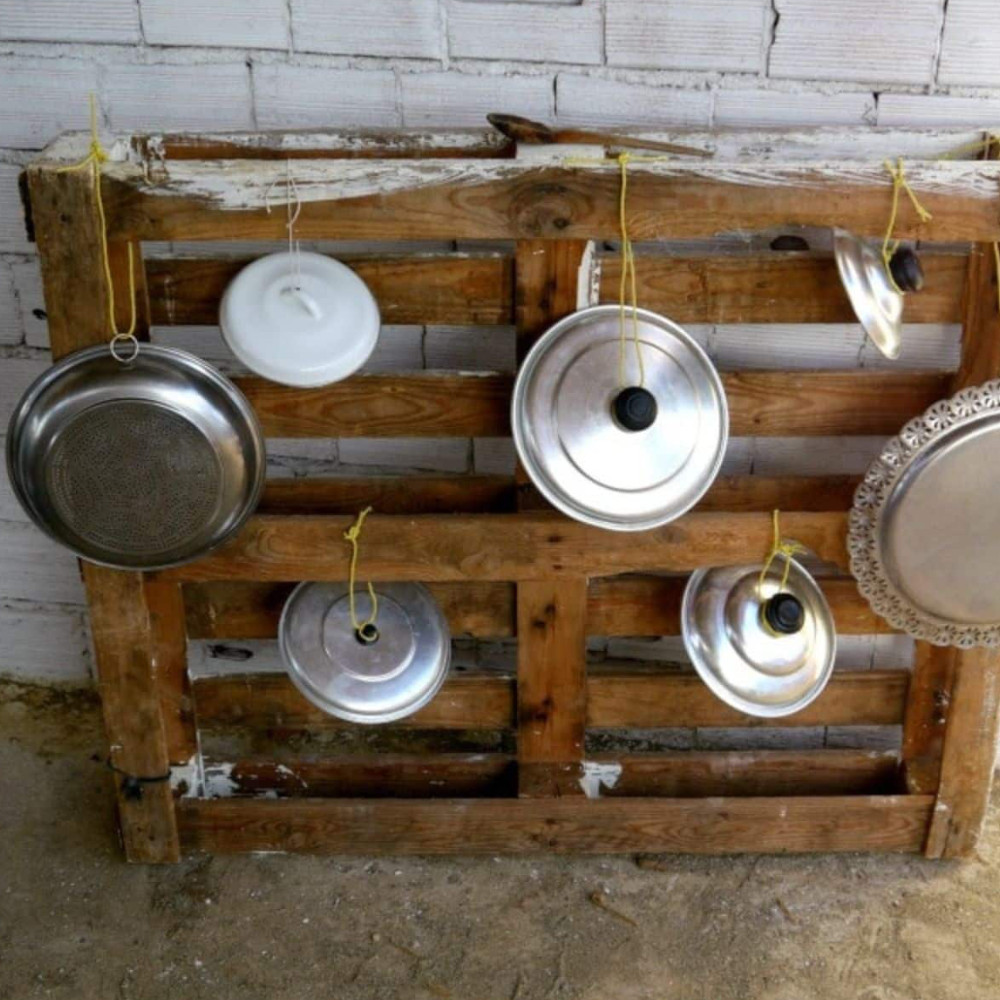
It's an idea but I'm pretty confident we can do better.
Report back to me. I’ll be in the drawing room. The Port really is quite delightful.
And yet! Herein we have but covered the analog options on a journey of discovery, while out there, nestled comfortably amongst the stars, there is a digital universe teeming with scattered motes of electronic possibility.The Left Hand wanders and wonders and is drawn towards the nebulous energies drifting in this far off place. Sometimes the atmospheres of bodies collide and a distant release produces a pulse of soundwaves, as was true when the Roland SPD-SX drifted within reach of the Left Hand’s yearning, celestial trajectory. Whispered into the void, it spoke of triggers, of pads, of charged signals carrying messages of…..
Right. I think, perhaps, I’ve had enough Port for today.

Rev. Nathaniel Cassowary

